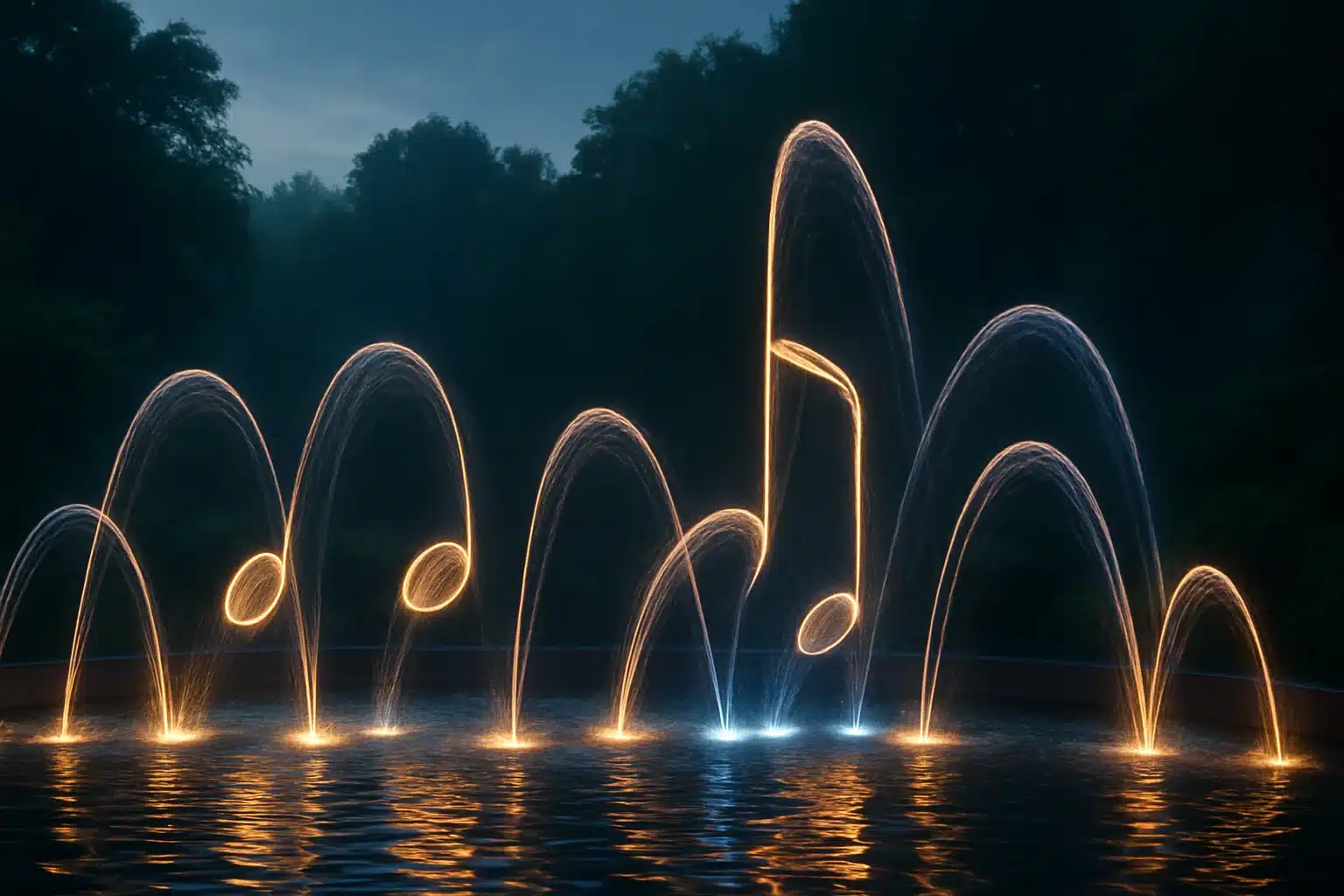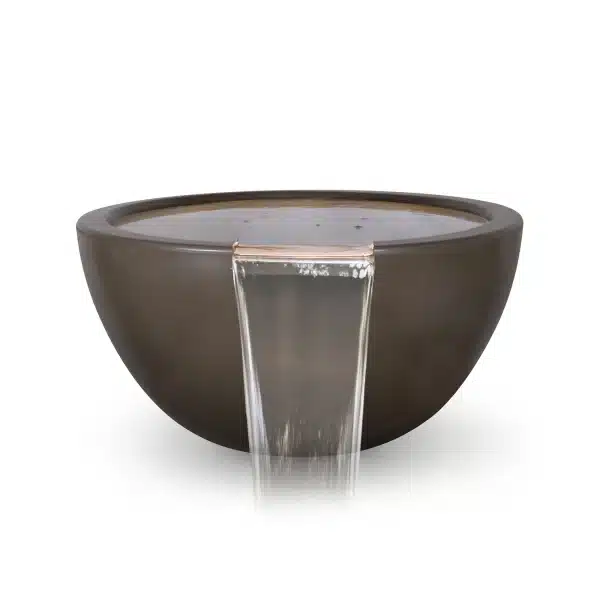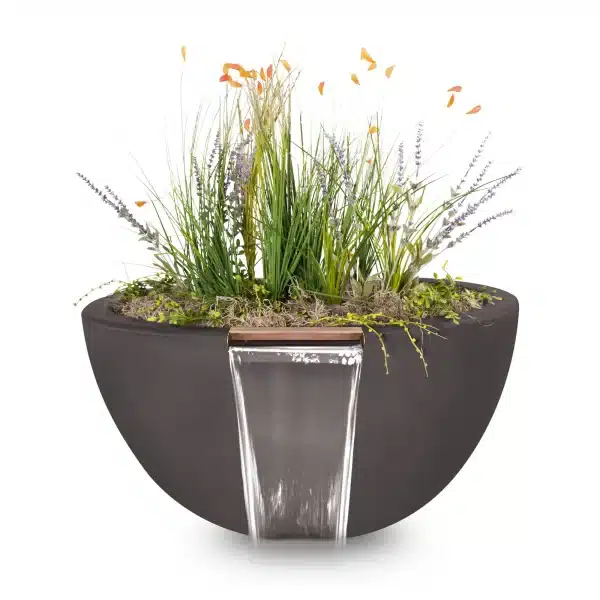Introduction: Where Water Meets Music
Imagine walking into a plaza where the air vibrates with music not from speakers, but from the rhythm of flowing water. Streams rise and fall in perfect synchronization, resembling musical notes on an invisible sheet of water-bound melody. These are not ordinary fountains; they are symphonies sculpted in liquid form.
Water-to-sound harmony represents a beautiful intersection of art, science, and engineering. By designing custom fountains that resemble musical notes, architects, designers, and urban planners create experiences that delight multiple senses at once. The sight of rising jets, the sound of splashing droplets, and the rhythm of choreographed patterns transform public spaces into living works of art.
This blog post explores the philosophy, design principles, and real-world applications of fountains designed to mimic musical notes. Along the way, we’ll uncover how ancient traditions, modern engineering, and creative imagination combine to shape water into music.
A Brief History of Water and Music
The connection between water and music is not new, it stretches back to ancient civilizations.
Ancient Greece & Rome:
Both cultures built elaborate fountains in public spaces, often accompanied by lyre players or musicians. The sound of flowing water complemented the performance.
Islamic Gardens:
In medieval Islamic architecture, fountains and water channels created rhythmic sounds designed to soothe and elevate the spirit, almost like a background symphony.
Baroque Europe:
The gardens of Versailles and Tivoli demonstrated how fountains could “perform” in grandeur, orchestrated with symmetry and rhythm, much like a well-composed fugue.
The modern evolution comes with the idea of water-as-instrument, where fountains themselves become performers rather than passive backdrops.
The Philosophy of Water-to-Sound Harmony
Designing a fountain to resemble musical notes requires more than sculpting jets in interesting shapes. It is about synchronizing multiple sensory inputs:
Visual Rhythm:
Just as music is made of notes, rests, and tempo, fountains use streams, pauses, and flow speed to create rhythm.
Auditory Experience:
Water striking surfaces produces tones, soft drips mimic piano keys, while powerful jets resemble drums or brass instruments.
Emotional Resonance:
Humans respond to both music and water emotionally. Together, they create environments of calm, joy, and wonder.
At its core, water-to-sound harmony bridges two universal languages—music and nature—into one immersive medium.
Design Principles: Turning Water into Musical Notes
Creating fountains that resemble musical notes requires a combination of aesthetic creativity, engineering precision, and acoustic science. Let’s break down the principles:
1. Visual Representation of Notes
Arc Fountains: By controlling water pressure, designers can shape arcs that resemble musical notes’ curves.
Vertical Jets: Straight upward streams can mimic note stems or bars.
Clustered Jets: Multiple short streams can look like notes grouped in a chord.
The arrangement can form the illusion of a sheet of music suspended in mid-air.
2. Synchronization with Music
Modern fountains often integrate digital choreography. Computerized pumps and nozzles are programmed to move in sync with pre-recorded music, essentially turning the fountain into a dancing orchestra.
MIDI Integration: Some fountains connect with MIDI (Musical Instrument Digital Interface) systems, allowing live musicians to “play” the fountain.
Algorithmic Composition: Software can generate real-time water movements based on musical frequencies, making every show unique.
3. Sound from Water Itself
Instead of only syncing to external music, some fountains are designed to produce tones:
- Droplets hitting tuned metal plates create specific pitches.
- Flow speed adjustments generate whistling or bubbling sounds.
- Cavities beneath basins can amplify natural resonance, like a drum.
4. Lighting as a Musical Accent
Music relies on dynamics, soft vs. loud, fast vs. slow. Lighting plays the same role in water design:
- Soft glows mimic legato passages.
- Flashes and strobes emphasize crescendos.
- Color transitions mirror emotional changes in the melody.
Engineering the Musical Fountain
Beneath the beauty lies complex technology. Engineers and designers collaborate on multiple systems:

Hydraulic Engineering
- High-pressure pumps control jet heights.
- Adjustable nozzles create shapes (fans, arcs, mists).
- Flow regulators ensure timing accuracy.
Acoustic Engineering
- Materials are chosen for resonance, stone for bass-like thuds, metal for sharp tones.
- Water impact zones are calibrated for consistency in sound production.
Digital Control Systems
- Pre-programmed sequences allow for synchronized “scores.”
- Real-time controllers adjust water jets based on live input.
- AI-driven systems predict and adjust flows dynamically for smooth harmony.
Safety & Sustainability
- Filtration systems recycle water, making large-scale performances eco-friendly.
- Low-energy pumps and LED lighting reduce environmental impact.
- Safety protocols ensure that high-pressure streams don’t pose risks to viewers.
Case Studies: Musical Fountains Around the World
1. The Dubai Fountain (Dubai, UAE)
Widely recognized as the world’s largest choreographed fountain system. Jets shoot up to 500 feet in the air, synchronized with classical, Arabic, and pop music. The precision makes it feel like the water is “playing” the song visually.
2. Bellagio Fountains (Las Vegas, USA)
Known for iconic performances with music ranging from opera to Broadway. Uses 1,200 nozzles and 4,500 lights, creating a water symphony on the Strip. The design relies on the principle of rhythm and crescendo, like a live orchestra.
3. Magic Fountain of Montjuïc (Barcelona, Spain)
Blends water, light, and music into one cohesive performance. Built in 1929, later updated with computerized controls. Demonstrates how older fountains can adapt modern water-to-sound principles.
4. Banpo Bridge Rainbow Fountain (Seoul, South Korea)
A unique fountain integrated into a bridge structure. Streams illuminated by LED lights dance in harmony with soundtracks. Emphasizes urban integration of musical fountains.
These case studies highlight how cities invest in water-to-sound harmony not just for beauty, but as a tool for tourism, identity, and civic pride.
Designing Fountains for Everyday Spaces
While grand spectacles grab headlines, smaller-scale water-to-sound fountains bring harmony into everyday environments:
- Public Parks: Interactive fountains allow children to press buttons that trigger musical-water responses.
- Museums & Cultural Centers: Artistic installations where water arcs visually mimic scores from famous compositions.
- Corporate Campuses: Quiet, sound-responsive fountains that promote relaxation and focus for employees.
- Residential Spaces: Smaller courtyard fountains with tuned droplets for soothing background sound.
The scalability of the concept allows for creative application at multiple levels.
The Science of Human Response
Why do water and music resonate so deeply with us? Research points to a few reasons:
- Biological Comfort: Flowing water historically indicated safety and survival; pairing it with music amplifies positive associations.
- Cognitive Harmony: Our brains process rhythm and flow similarly, making synchronized water-music performances feel naturally pleasing.
- Stress Reduction: Studies show both music and natural water sounds lower cortisol levels. Together, they create immersive stress relief.
- Memory Anchoring: Public fountain shows often become memorable moments tied to emotional music, making spaces culturally iconic.
The Future of Water-to-Sound Design
As technology evolves, so will the artistry of musical fountains. Emerging trends include:
- AI-Powered Shows: Machine learning creating real-time water symphonies based on crowd mood or ambient sounds.
- Sustainable Fountains: Solar-powered pumps and rainwater-fed systems.
- Interactive Installations: Visitors “compose” their own water symphonies via smartphones or motion sensors.
- Immersive AR/VR Layers: Augmented reality overlays where spectators see digital musical notes dancing with real water.
The fusion of digital innovation with age-old beauty promises a future where every city might host its own water orchestra.
Conclusion: The Symphony of Water and Sound
Designing fountains that resemble musical notes is not just about aesthetics, it’s about storytelling. Each drop, arc, and splash forms part of a visual and auditory melody. These fountains elevate public spaces into arenas of collective joy, where people gather not just to see, but to feel.
The future of urban design increasingly depends on multisensory experiences, and water-to-sound harmony stands at the forefront of this movement. By combining artistic imagination, engineering expertise, and technological precision, we can quite literally make the world sing through water.





